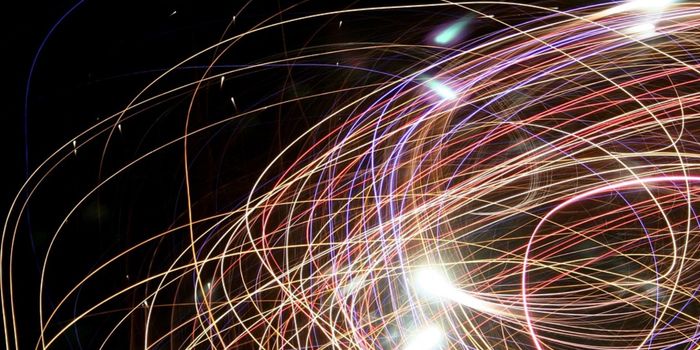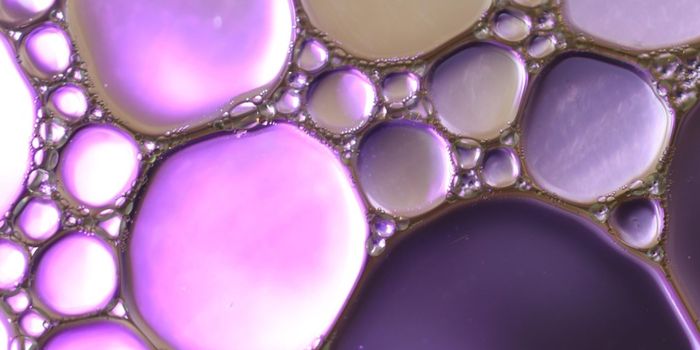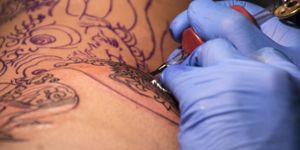The Role of Clinical Lab Scientists
The clinical laboratory is the heart of any hospital or healthcare system. It is responsible for greater than 70% of medical diagnoses and decisions made by physicians each year. Lab testing allows for early detection and diagnosis of diseases, which leads to more individualized treatment plans for each patient. The clinical lab is involved in both the improvement of patient quality of care and helping to constrain long-term medical costs. The clinical laboratory scientist (CLS) has extensive training in lab medicine, but their contribution to the entire healthcare team caring for a patient is frequently underestimated and not well-understood.
Laboratory tests range from the basic tests such as a urinalysis or complete blood count (CBC) to the very complex like genetic testing to diagnose inherited diseases. The major departments found in a clinical lab include hematology, chemistry, microbiology, coag, blood bank, serology or immunology, and toxicology. Larger hospitals or health systems may do most of their testing in-house whereas smaller labs may use a reference lab to perform their testing. The process begins when the clinician orders the lab test on a specimen (blood, urine, stool, tissue, body fluid), and it is received in the lab. Patient identifiers (name, date of birth, hospital ID number) are extremely important since a busy lab can receive hundreds to thousands of specimens each day. Once it has been determined that the specimen is appropriate for the test ordered, it goes to the department that runs the test.
Clinical laboratory scientists (CLS) usually cover one specific department and handle the testing that comes in during his/her shift. They are required to, not only, know how specific instrumentation functions, but also, normal values and disease etiologies that are involved in interpreting a test. Instrumentation in departments like chemistry and hematology can vary from lab-to-lab because there are different companies that make the analyzers. Each instrument has its own processes as well as normal ranges for each test. CLSs have to be aware of these differing normal values, especially when comparing results with another lab.
CLSs are required to have a bachelor's degree in clinical laboratory science or medical technology that includes a year of clinical rotations through every department of the lab. The clinical phase requires training with an experienced technologist for 40 hours a week for 20 to 52 weeks. Because of the shortage of CLSs, some programs have reduced the amount of time needed to graduate. A medical lab technician (MLT) completes an associate's degree without the extensive coursework a CLS receives. There is also a doctorate program (Doctorate of Medical Laboratory Science, DMSL) that can provide the education to move into management and administration. Once a student graduates, he/she is required to pass a certification exam, usually the American Society of Clinical Pathologists (ASCP). 12 states currently require licensing (California, Florida, Georgia, Hawaii, Louisiana, Montana, Nevada, North Dakota, Rhode Island, Tennessee, West Virginia, and New York) and Puerto Rico.
Clinical laboratories are facing a shortage of technologists available to work in the U.S. Two of the major reasons for this are the pay rates and a decline in the number of students graduating from accredited programs. The Bureau of Labor Statistics estimates the pay range for a CLS is $41,500 to $84,300. California is the highest paying state. Labs that are located in large cities and urban areas pay more than those found in rural areas. Most technologists make an average of $50,000-$60,000.
The U.S. healthcare system is undergoing substantial changes with the path unknown. The clinical lab is not immune to these changes and will experience significant transformations to continue to accommodate physician and patient needs.








